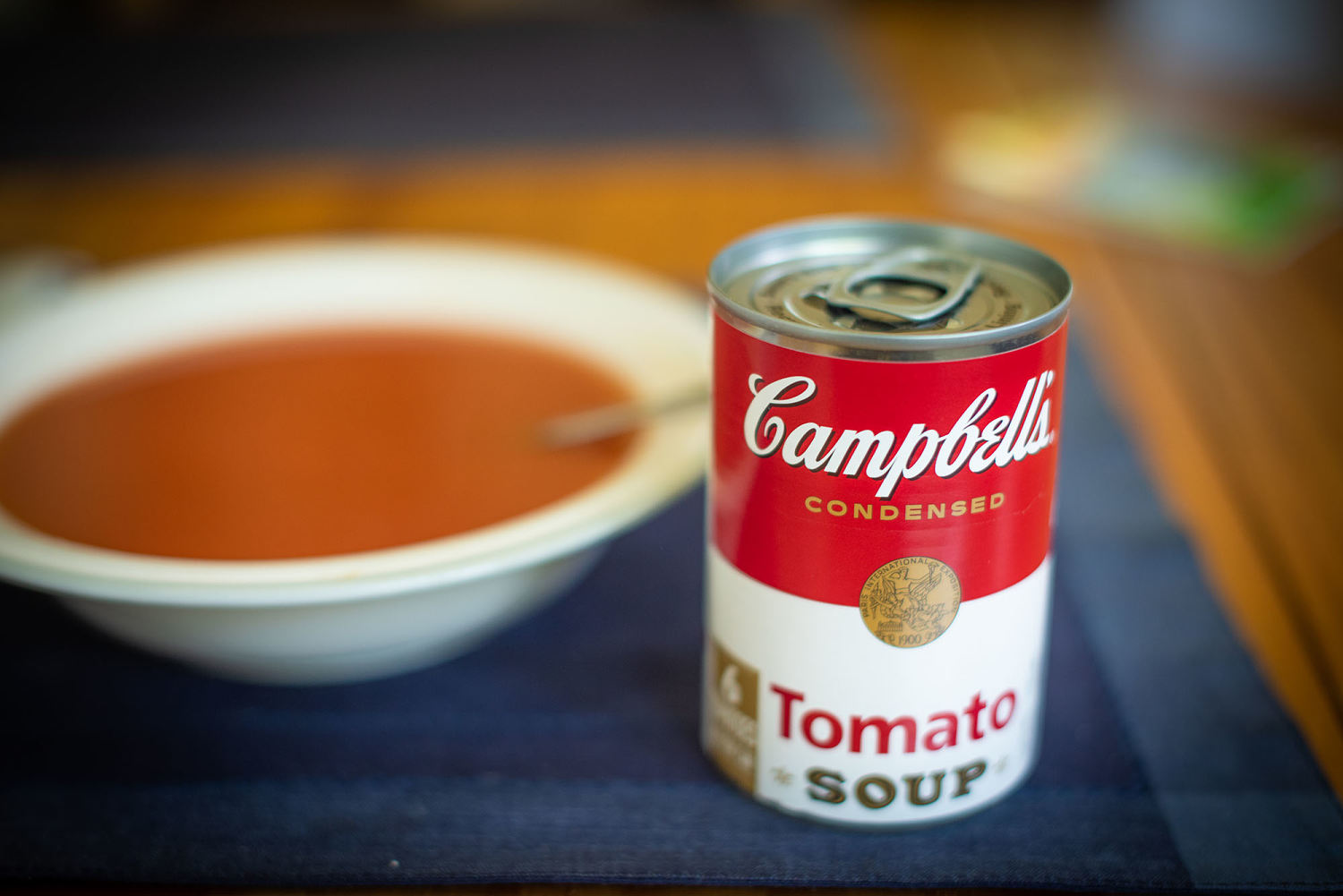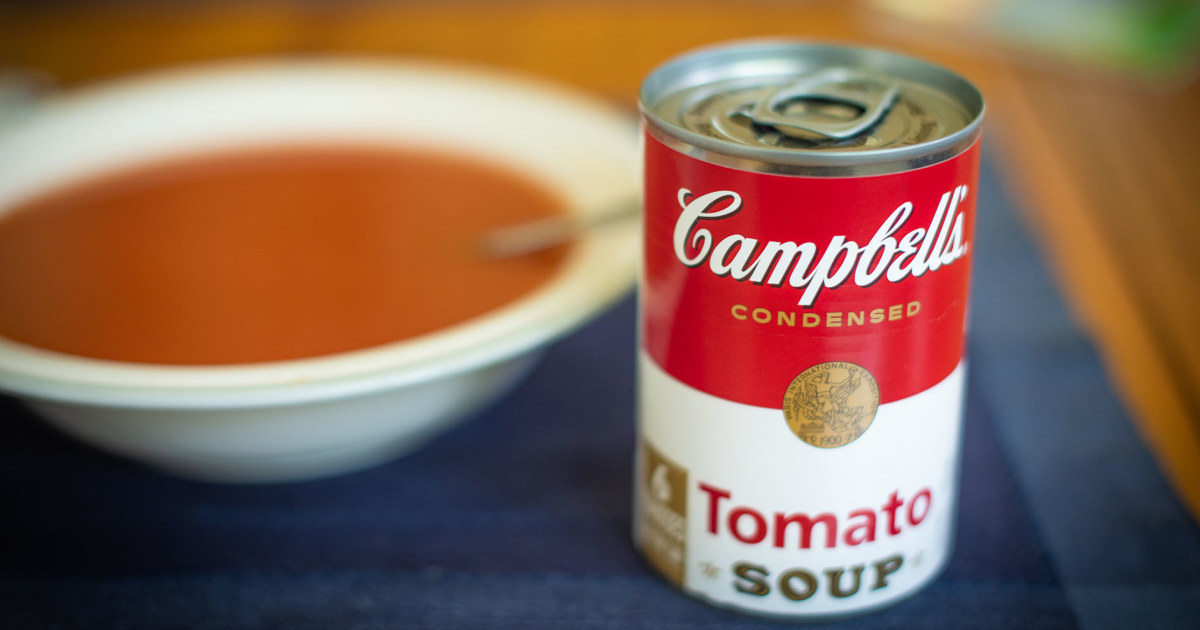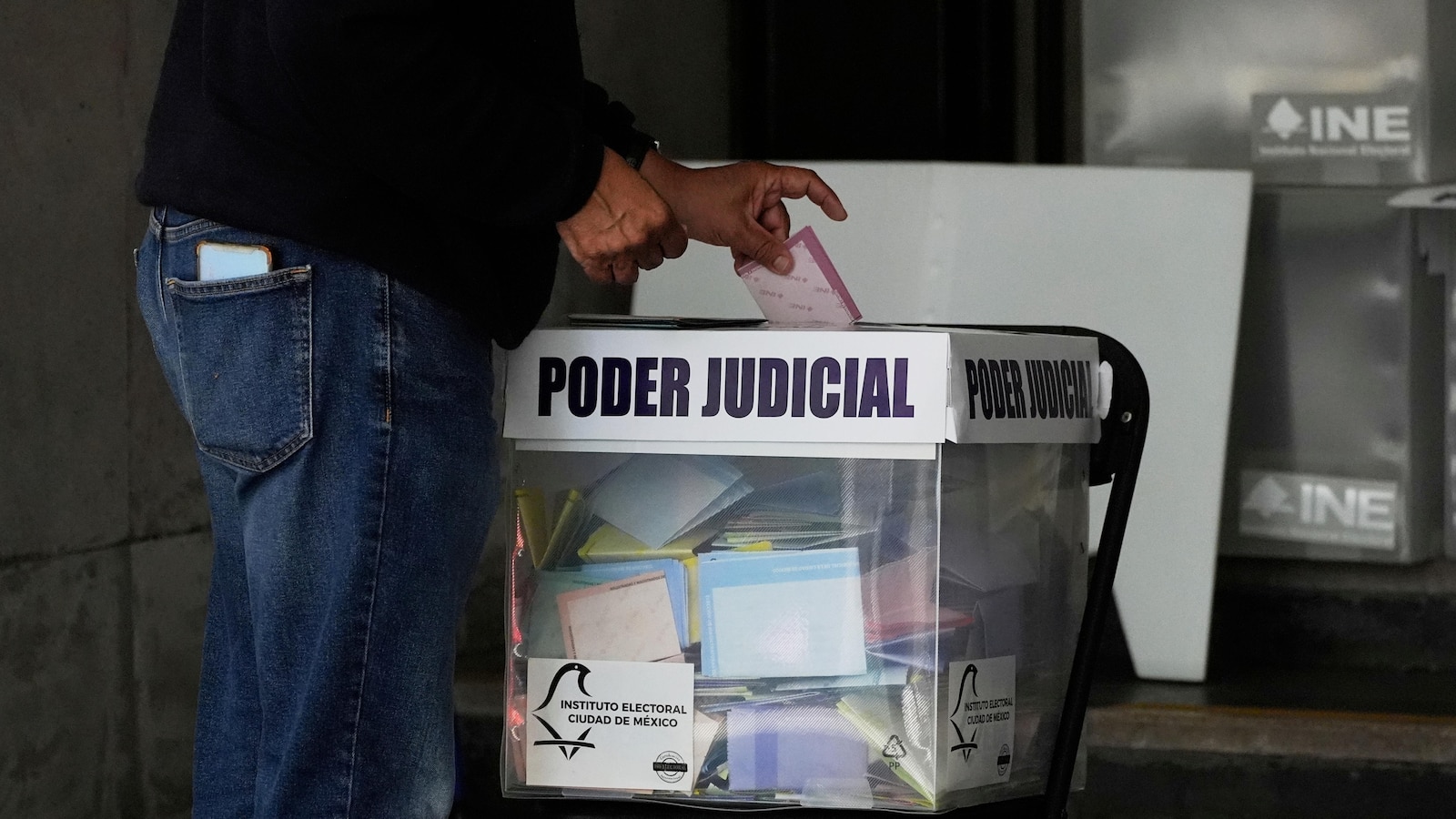[ad_1]

The humble bowl of soup is having a second.
That’s in keeping with The Campbell’s Co., whose iconic cans are synonymous with it. The meals maker stated Monday that clients are more and more snatching up its condensed soups and mac-and-cheese choices whereas shying away from snacks, a spending shift that partly echoes the depths of the pandemic.
“Consumers are cooking at home at the highest levels since early 2020,” Campbell’s CEO Mick Beekhuizen stated in a press release.
The firm — whose snack manufacturers embrace Goldfish, Snyder’s of Hanover pretzels and Cape Cod chips — noticed snack gross sales slip 5% within the final three months. Meanwhile, gross sales of its meals and drinks rose 6%, primarily pushed by Rao’s pasta sauces and soup gross sales within the United States.
While customers’ outlooks have improved considerably in latest weeks, many stay deeply pessimistic concerning the route of the economic system below President Donald Trump’s ever-shifting commerce struggle and are in search of bargains.
Households proceed to “focus their spending on products that help them stretch their food budgets, and they’re increasingly intentional about their discretionary snack purchases,” Beekhuizen instructed Campbell’s buyers on its earnings name.
“Snacks are losing ground as consumers, squeezed by inflation, shift spending toward essentials and more purposeful food choices,” analysts on the market analysis agency NIQ wrote in a latest word. “The era of indulgent, impulsive snacking is giving way to a demand for value, quality, and health.”
In a latest NIQ survey, 42% of customers reported shopping for snacks much less, and 37% stated they’re looking tougher for offers. Many indicated they’ve been considering twice about pricier name-brand snacks, opting as a substitute for extra generic alternate options at comfort shops or these offered below supermarkets’ personal personal labels.
Snacks are dropping floor as customers, squeezed by inflation, shift spending towards necessities.
NIQ market researchers
The tightening snack market has seen some friction, with Oreo maker Mondelēz not too long ago suing Aldi, alleging the grocery store operator had “blatantly” mimicked a few of its packaging designs for cheaper riffs on iconic snack manufacturers.
While Mondelēz says snack demand stays sturdy, PepsiCo — which makes Lay’s and Doritos chips — has stated it’s discovering success catering to clients at lower cost factors. “Relative to where we were three months ago, we probably aren’t feeling as good about the consumer now as we were a few months ago,” PepsiCo CFO Jamie Caulfield stated in April. The snack meals big additionally lowered its monetary forecast for the 12 months.
Food customers’ hunt for worth can also be boosting Dollar General, which Tuesday elevated its gross sales outlook for the 12 months and stated it picked up market share in meals merchandise. The greenback retailer operator notched these features at the same time as different retail giants, equivalent to Target, that promote groceries have struggled to lure budget-conscious customers.
The rising concentrate on dwelling cooking comes as prices of eating out are rising almost twice as quick as grocery costs. Meals out have been up 3.9% in April from a 12 months earlier, federal knowledge present, whereas at-home meals costs rose simply 2% over the identical interval, slower than inflation general.
That divergence helps clarify why many restaurant chains are seeing weaker gross sales. McDonald’s final month reported its greatest same-store gross sales decline because the pandemic, with that measure falling 3.6% through the first quarter. Darden Restaurants, which owns Olive Garden, additionally flagged weaker-than-expected gross sales across the begin of the 12 months, and Chipotle reported its same-store gross sales contracted for the primary time since 2020.
McDonald’s CEO Chris Kempczinski stated all however its most prosperous diners are more and more staying away from the burger chain, regardless of the previous 12 months’s efforts to counter its earlier menu worth hikes with worth meals. Traffic from low-income customers was down “nearly double digits” in comparison with a 12 months in the past, with middle-income diners’ visits slowing “nearly as much,” he stated.
Kempczinski stated the cut up illustrated a “divided” economic system during which reasonably and fewer well-off customers “are being weighed down by the cumulative impact of inflation and heightened anxiety about the economic outlook.”
In the meantime, restaurant operators are doing what they’ll to attempt to juice gross sales. Some are leaning into clients’ rising urge for food for hen, refreshing their places with glossy new appears to be like, or each.
These efforts might show an uphill battle in opposition to the grocery aisle, the place the prices of some key purchases, like eggs, are lastly easing. But there are nonetheless indicators of pressure at grocery store checkouts as customers modify to larger general prices for lots of the fridge and pantry fundamentals they’ll’t simply do with out. More customers are each financing their grocery purchases with installment loans and falling behind on these payments, a latest LendingTree survey discovered.
One such “buy now, pay later” service, Klarna, stated not too long ago that its debtors are having a more durable time clearing their money owed on the platform. Months earlier, the corporate turned Walmart’s unique BNPL supplier and teamed up with DoorDash to supply installment loans for takeout meals.
[ad_2]



